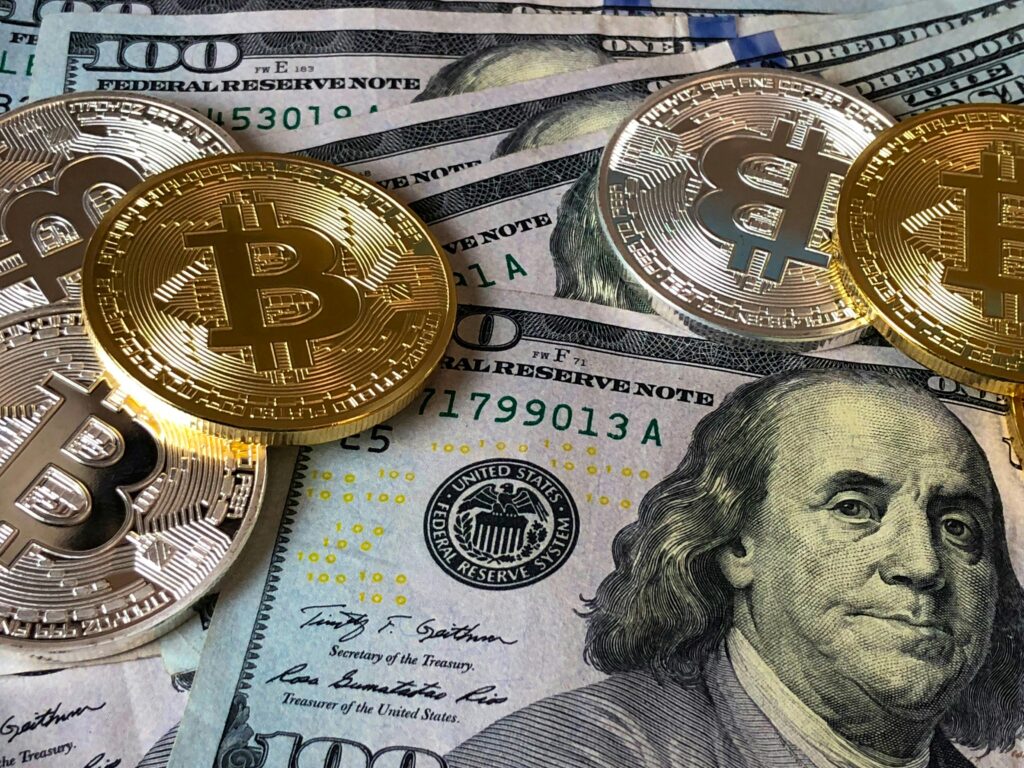In today’s fast-paced digital age, the landscape of finance is continuously evolving. One of the most significant developments in recent years is the emergence of PI Currency, a groundbreaking digital currency that has the potential to revolutionize traditional banking as we know it.
Introduction
Definition of PI Currency
PI Currency, short for Programmable and Interoperable Currency, is a form of digital currency built on advanced blockchain technology. Unlike traditional fiat currencies, which are controlled by central authorities such as governments or central banks, PI Currency operates on decentralized networks, providing users with greater autonomy and transparency.
Traditional Banking Overview
Traditional banking relies heavily on intermediaries such as banks and financial institutions to facilitate transactions and manage monetary systems. While this system has been effective for centuries, it is not without its limitations, including high transaction costs, lengthy processing times, and limited accessibility.
The Emergence of PI Currency
What is PI Currency?
PI Currency is designed to overcome many of the shortcomings associated with traditional banking systems. It offers instant and low-cost transactions, enhanced security features, and greater accessibility to financial services for individuals and businesses alike.
Features and Benefits
One of the key features of PI Currency is its programmability, which allows for the execution of smart contracts and automated transactions without the need for intermediaries. Additionally, PI Currency is interoperable, meaning it can seamlessly integrate with existing financial systems and platforms.
Impact on Traditional Banking
Disintermediation
The adoption of PI Currency threatens to disrupt the traditional banking model by reducing the need for intermediaries. This phenomenon, known as disintermediation, could lead to significant changes in the way financial transactions are conducted and managed.
Reduced Transaction Costs
With PI Currency, transaction costs are significantly lower compared to traditional banking systems. This reduction in fees benefits both consumers and businesses, enabling them to save money on various financial transactions, including remittances, payments, and cross-border transfers.
Increased Accessibility
PI Currency has the potential to increase financial inclusion by providing individuals and businesses with access to banking services that were previously unavailable or cost-prohibitive. This increased accessibility can empower underserved populations, including those in developing countries, to participate more fully in the global economy.
Challenges and Concerns
Regulatory Hurdles
One of the primary challenges facing the widespread adoption of PI Currency is regulatory uncertainty. Governments and regulatory bodies are still grappling with how to classify and regulate digital currencies, which could hinder their mainstream adoption.
Security and Privacy Issues
While PI Currency offers enhanced security features compared to traditional banking systems, it is not without its risks. Concerns about hacking, fraud, and privacy breaches remain prevalent, posing challenges for widespread acceptance and adoption.
Adaptation and Innovation in Banking
Integrating PI Currency
Many traditional banks and financial institutions are exploring ways to integrate PI Currency into their existing systems and services. By doing so, they can leverage the benefits of digital currencies while ensuring compliance with regulatory requirements.
Developing Secure Platforms
As the popularity of PI Currency grows, so too does the need for secure and user-friendly platforms for buying, selling, and storing digital assets. Innovations in blockchain technology and cybersecurity will play a crucial role in meeting these demands.
Future Prospects
Evolving Financial Landscape
The widespread adoption of PI Currency is expected to usher in a new era of finance, characterized by increased efficiency, transparency, and decentralization. This evolving financial landscape will likely reshape the way we think about money and banking.
Potential Disruptions
While the impact of PI Currency on traditional banking may be profound, it also presents opportunities for innovation and disruption. New business models, products, and services are likely to emerge as the financial industry adapts to the changing landscape.
Conclusion
In conclusion, PI Currency has the potential to revolutionize traditional banking by offering a more efficient, transparent, and accessible alternative to existing systems. While challenges and concerns remain, the benefits of adopting PI Currency are undeniable. As we look to the future, it is clear that the financial industry is on the brink of a transformative change.
FAQs
1. Is PI Currency the same as cryptocurrency?
No, PI Currency is a specific type of digital currency that emphasizes programmability and interoperability, distinguishing it from traditional cryptocurrencies like Bitcoin.
2. How does PI Currency impact traditional banks?
PI Currency threatens to disrupt traditional banking by reducing the need for intermediaries, lowering transaction costs, and increasing accessibility to financial services.
3. What are the security risks associated with PI Currency?
While PI Currency offers enhanced security features, concerns about hacking, fraud, and privacy breaches remain prevalent, posing challenges for widespread acceptance and adoption.
4. How are traditional banks adapting to the rise of PI Currency?
Many traditional banks and financial institutions are exploring ways to integrate PI Currency into their existing systems and services, while also developing secure platforms for digital asset management.
5. What does the future hold for PI Currency and traditional banking?
The widespread adoption of PI Currency is expected to usher in a new era of finance, characterized by increased efficiency, transparency, and decentralization, leading to significant changes in the financial industry landscape.



